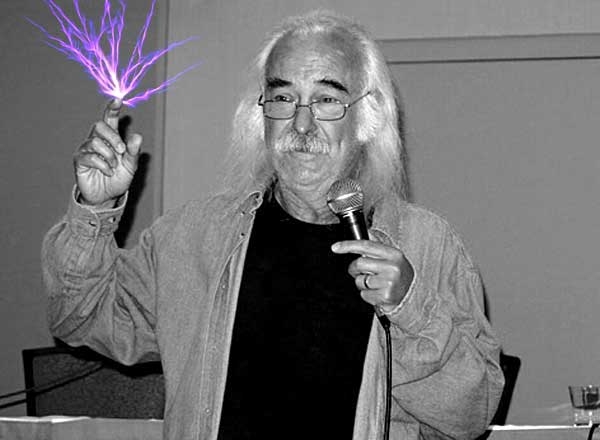| Columns Retired Columns & Blogs |
Dam good Summary here!!
Seems the take-away point is that N.Pass supports the P.S.Audio Regeneration philosophy.
I've purchased and owned a wide range of Electronic Test Gear from Tektronix who manufacturer their equipment with power supplies that deliver quality power whilst living in harsh & noisy Conditions.
We should assume that lesser Audio Gear will have lesser Power supplies which will benefit from a P.S.Audio power regeneration device ( like the P12 ).
N.Pass hints that power Amps probably should have an outboard power supply. ( like the lovely Audible Illusions Pre-amps and the cheapest Schiit shit )!
P.S.Audio has become the most successful High-End Audio Company in the World ( probably ), all based on Power regeneration ( I think ).
P.S.Audio was the very first Audio Company I had a relationship with.
I love PS, Paul & Stan and their continued Successes !
I find myself admiring Jim Austin!
Tony in Michigan







































